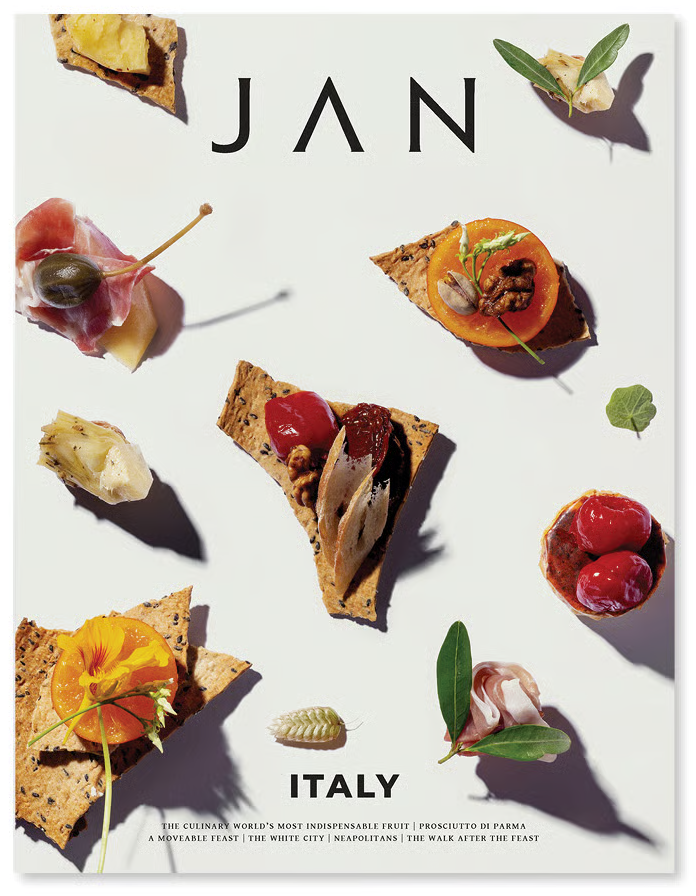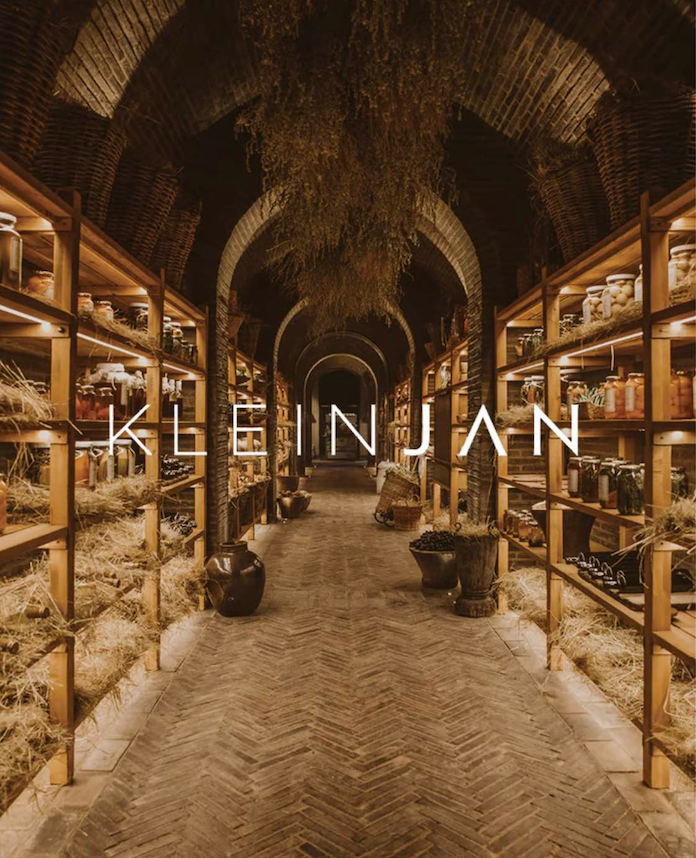THE SKIN I LIVE IN
Q&A with The Beauty Therapy Institute
At the time that the Beauty Therapy Institute was founded in 1996 there was a shortage of colleges offering internationally recognised qualifications on a flexitime basis with the option of distance learning for theoretical subjects. The reality in South Africa is also that two-to-three-year, fulltime courses are simply not accessible to many who dream of pursuing a career in beauty, so by breaking the longform courses up into bite-sized chunks, it empowered many would-be beauty therapists to pursue skills that would give them the livelihood to look after their families. As one of South Africa’s leading educational institutions on the subject, who better to ask some of the most burning questions on the subject of beauty – and how it has changed over the decades in South Africa – than the team at the Beauty Therapy Institute?
JAN THE JOURNAL: How does the South African approach to beauty differ from that of other countries?
I think the South African concept of beauty is bold, unique and holistic. As the rainbow nation, we are influenced by a variety of cultures and are fearless in portraying our own individuality through what makes us feel beautiful. It’s not purely aesthetic either. South Africans really do appreciate the relationship between the feeling of wellness and looking beautiful. Our focus is becoming more and more about sustainability and using products from South Africa’s diverse flora.
JOURNAL: If you are what you eat, what role does the food you eat play in your daily beauty regimen? And how important is it in your courses?
Good nutrition is vital for overall health and vitality and therefore beauty. The food you put into your body no doubt reflects in your skin, hair, nails and your even your eyes. In every treatment we teach at Beauty Therapy Institute, the client/guest has to undergo a short consultation procedure. From the consultation, students establish the client’s lifestyle, of which diet plays a crucial part. This information helps the students to advise and carry out the best possible treatment and home care products and advise the client of any beauty related lifestyle changes that will best suit them.
JOURNAL: How has our approach to male beauty and self-care evolved over the last 10 years? How do self-care-aware men approach their grooming regimens now compared with a few years ago?
With the popularity and success of male grooming salons gaining momentum, I have no doubt that men in 2020 appreciate the need for self-care. They appreciate the fact the when you look good, you feel good, and this is key to overall physical and mental health and performance. Men are more open to the concept of a skincare routine, going to the spa to recharge or taking up a yoga class, than they were 10 years ago. And rightfully so. Men’s skincare ranges are becoming the norm on offer in male-focussed salons. They can have their own product line at home and not use their wife’s precious products any longer.
JOURNAL: What role does your lifestyle (nutrition, diet and exercise) play in the overall wellbeing of your skin?
It is everything! You can have the most fantastic products and procedures but if the body is not healthy inside, the very first place to show signs of ill health, is the skin. The skin is the largest organ and often we forget that it’s a reflection of good health. The nutrients from your food and the endorphins and increased blood & lymphatic circulation from exercise, encourages the flow of oxygen and nutrients to the skin and speeds up the elimination of toxins.
JOURNAL: What steps can be taken – apart from lotions, potions and skincare regimens – to ensure a healthy glow
Processed foods and those with high sugar content, have an inflammatory response on the body and the skin. The results are premature ageing, acne and various other skin conditions that we want to avoid, So keep these to a minimum. Clean, unprocessed whole fruits and veg, protein and lots of water are the way to go. Foods high in Omega 3 and 6 fatty acids, vitamins and fibre-rich foods, and foods high in antioxidants directly promote healthy skin. Foods containing these are salmon, sardines, avocado, carrots, strawberries, spinach, tomatoes, sweet potatoes and so much more. Eat the rainbow. We want to delay the signs of ageing by promoting regeneration of skin cells and build immunity against any internal and external stress on the skin by fighting free radical damage. The ingredients I’ve just mentioned are examples of superfoods that do just that. It’s also no secret that some of these foods can even be used topically on the skin to create some really fantastic masks and treatments.
JOURNAL: What is the weirdest (or controversial) skincare treatment you can give yourself that definitely works?
A facial muscle workout! It looks quite ridiculous pulling faces at yourself in the mirror but the facial muscles need as much exercise as any other muscle in the body to remain firm and toned. Some salons even offer ‘skin gyms’ to support facial muscle workouts.
JOURNAL: How has the Covid-19 pandemic changed our approach to beauty?
From an industry perspective, it has forced us to go back to our roots and emphasise the need for hygiene and safety in treatments. Clients are more willing to make use of Mobile therapists or find a salon space which focusses on space, protection and care. Some spas still have not yet re-opened due to the risk of cross-infection. Saunas, pools and communal areas have limited access at most spas, yet beauty salons are getting busier by the day. But most of all I think it emphasises the need for self-care and to not wait until tomorrow to prioritise what makes you feel healthy and beautiful today. That feeling alone can lift one’s spirit in the toughest of times.















